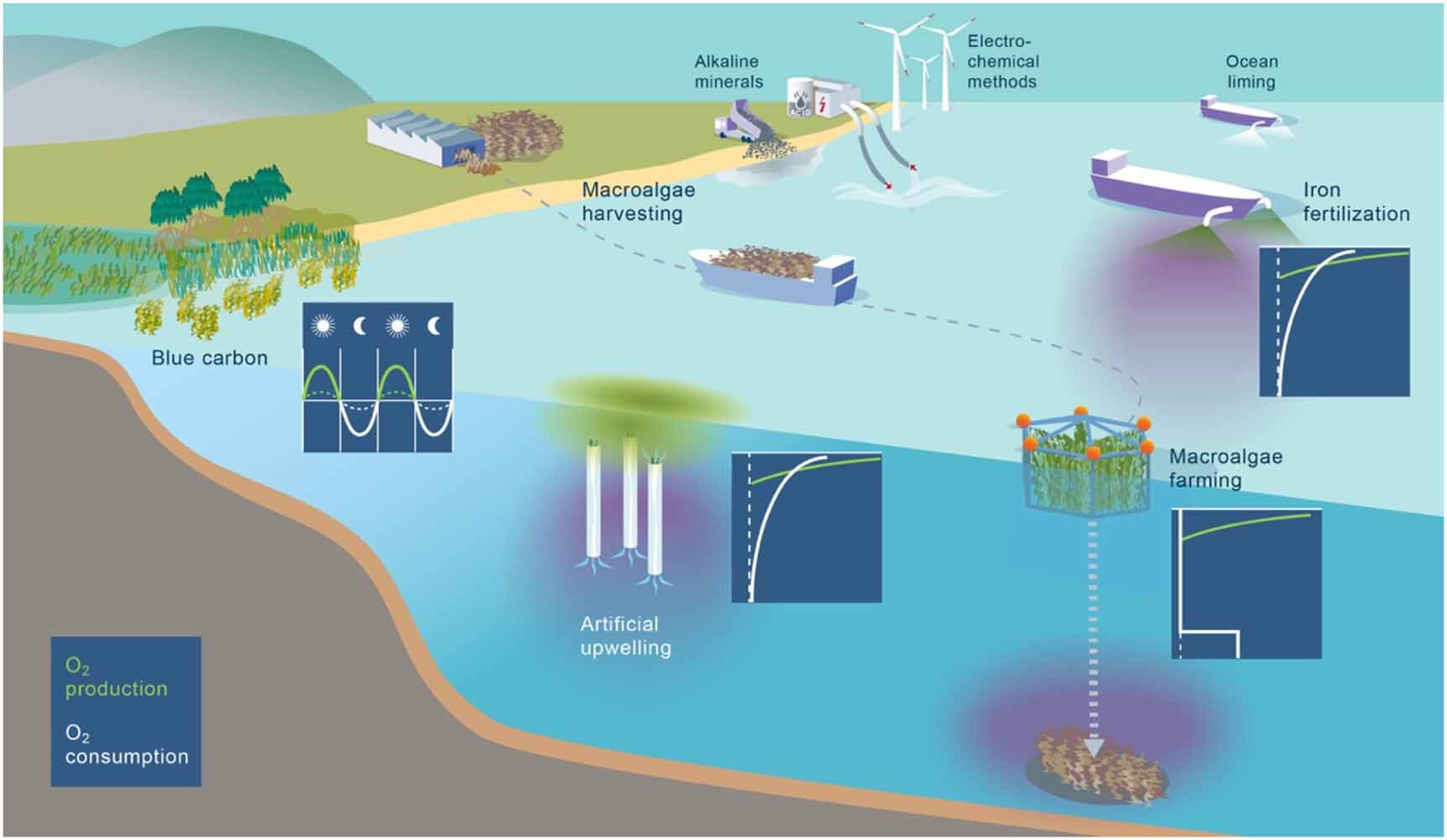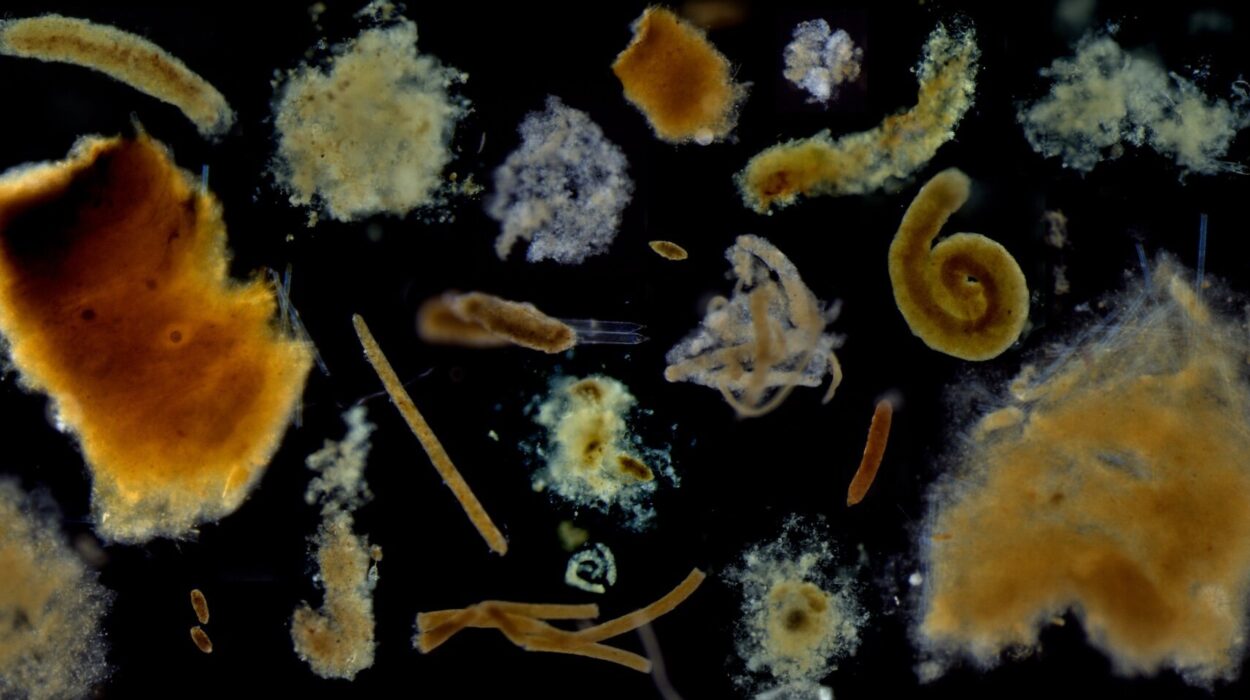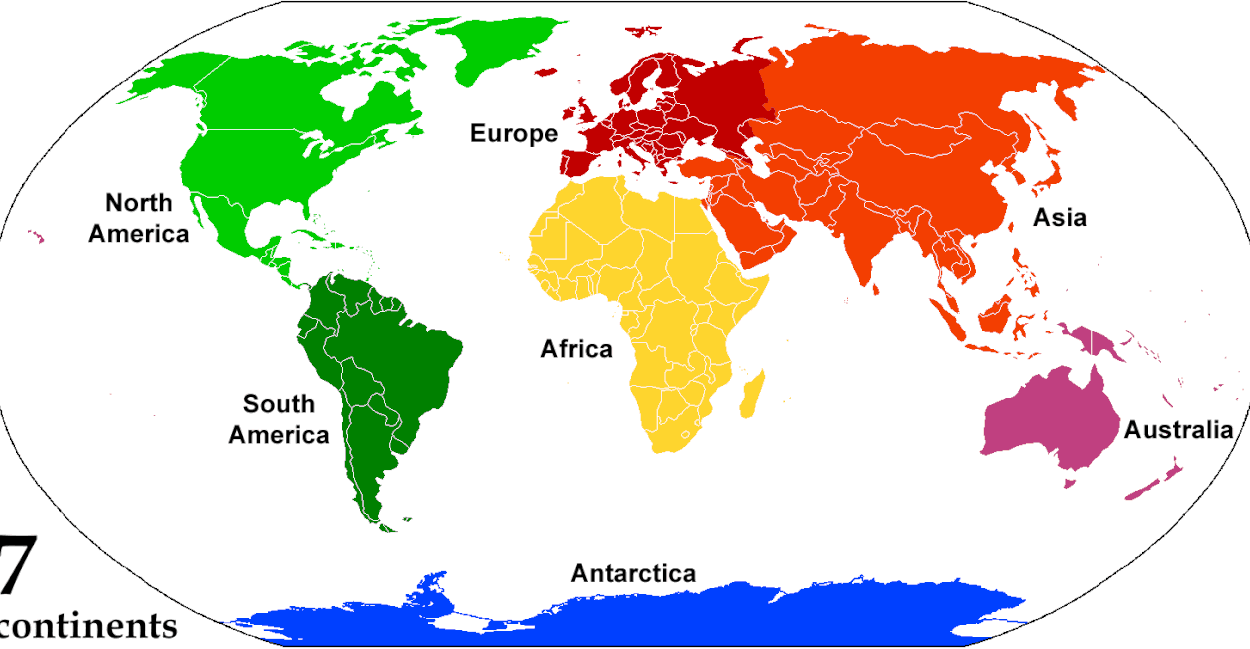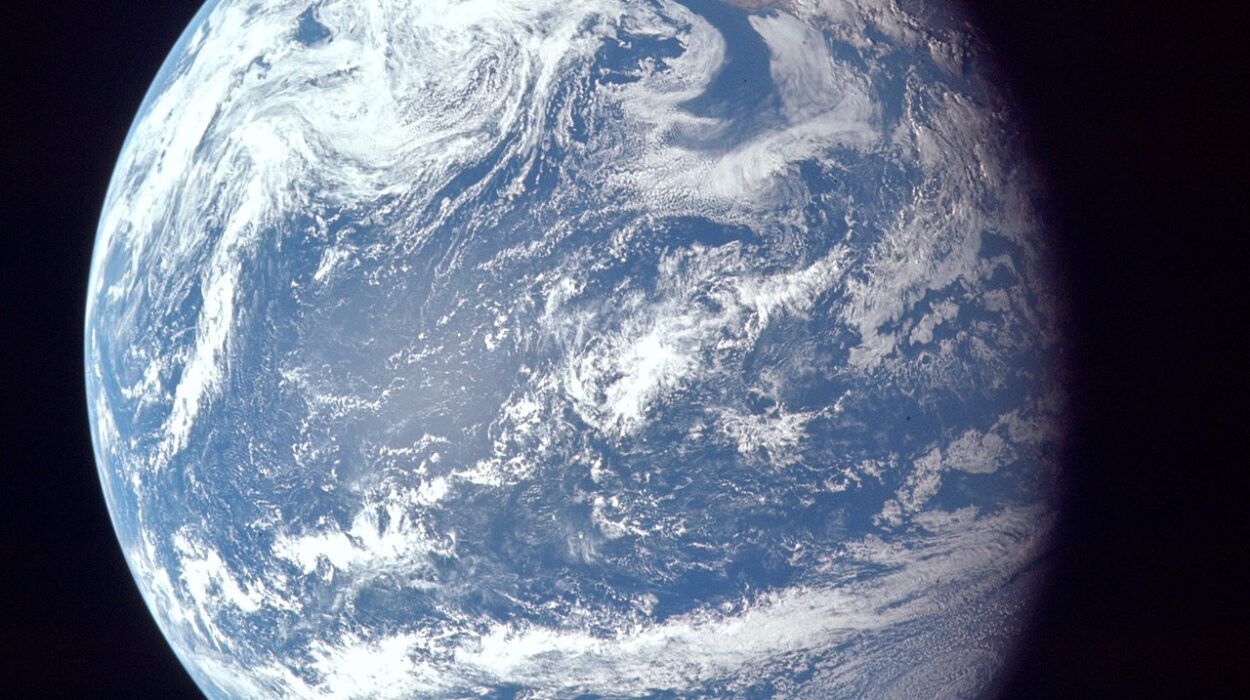In the silent blue beneath the ocean’s surface, life depends on something we rarely associate with water: oxygen. It flows invisibly through the currents, nourishing vast webs of marine life from microscopic plankton to mighty whales. But that oxygen is disappearing—and fast.
Now, new research warns that well-meaning attempts to fight climate change by using the ocean to absorb more carbon dioxide (CO₂) could make the problem even worse.
In a groundbreaking study published this week in Environmental Research Letters, an international team of scientists led by Professor Dr. Andreas Oschlies from the GEOMAR Helmholtz Center for Ocean Research in Kiel, Germany, has issued a critical message: “What helps the climate is not automatically good for the ocean.”
The Disappearing Breath of the Sea
Oxygen loss in the ocean isn’t just a future threat—it’s happening now. Over the past few decades, global warming has already drained about 2% of the ocean’s oxygen reserves. That may sound small, but it’s enough to send ripples of disruption through delicate marine ecosystems. Coral reefs are gasping. Fish migrate or die. Dead zones expand silently, suffocating life along the seafloor.
And the science is clear: the warmer the ocean becomes, the less oxygen it can hold. It’s a dangerous feedback loop. That’s why strategies to slow global warming—like capturing CO₂ before it heats the planet—are gaining global urgency.
But the new study asks a vital question that has long been overlooked: What happens to marine oxygen if we tamper with the ocean to capture more carbon?
When Good Intentions Go Deep
The researchers focused on a group of climate strategies known as marine carbon dioxide removal, or mCDR. These methods aim to supercharge the ocean’s natural ability to suck CO₂ out of the atmosphere. It sounds promising on paper—but the devil is in the details.
Using detailed simulations of Earth’s oceans, Oschlies and his colleagues explored how different mCDR techniques might affect oxygen levels. The results were both revealing and alarming.
Certain biological mCDR methods, like ocean fertilization or growing massive fields of seaweed only to sink them into the deep, rely on boosting photosynthesis. More photosynthesis means more biomass. But when that biomass dies and decomposes in the ocean’s interior, it consumes oxygen—a lot of it.
“In some cases, the oxygen consumed by these processes is 4 to 40 times greater than any oxygen savings you’d expect from slowing climate change,” says Prof. Oschlies. “That’s a net loss—one that could further choke ecosystems already under stress.”
Artificial upwelling—another mCDR proposal that pumps nutrient-rich deep waters to the surface to stimulate growth—also fell into the danger zone. Like fertilization, it leads to more life at the surface, followed by more decomposition at depth, where oxygen is already scarce.
Not All Ocean Fixes Are Created Equal
The news wasn’t all bad. The study did identify safer paths forward—at least from an oxygen standpoint.
Geochemical approaches, like enhancing ocean alkalinity by adding substances derived from limestone, appeared to have little effect on oxygen levels. These methods don’t rely on new biological growth, and so avoid the oxygen-draining decomposition stage.
And among all the methods tested, one emerged as a rare climate-and-oxygen double win: large-scale seaweed farming with biomass harvesting. In this scenario, the seaweed is grown in the ocean but removed before it decays. This method not only avoids consuming oxygen—it might actually reverse some of the damage.
“Our model suggests that if deployed on a large enough scale, this could return up to 10 times the oxygen lost from climate change over the past century,” says Oschlies.
But there’s a catch. By removing nutrients from the ocean, this method could impact biological productivity elsewhere. The sea, it turns out, is a delicate balancing act.
A Complex System, A Fragile Future
The study is a powerful reminder that the ocean is not an inert dumping ground or an unlimited sponge for humanity’s problems. It is a living, breathing system. One that is already straining under the weight of human influence—from plastic pollution and overfishing to acidification and warming seas.
“If we intervene with large-scale measures,” says Oschlies, “we must ensure that, no matter how good our intentions are, we are not further threatening marine environmental conditions that life depends on.”
To that end, the researchers are calling for a crucial policy shift: mandatory monitoring of oxygen levels in all mCDR field trials and deployments. Without that, we could be flying blind—solving one crisis while unknowingly worsening another.
CO₂ Removal: A Necessary Tool, But With Care
Even the most ambitious climate action plans suggest that countries like Germany will still emit 10–20% of their current greenhouse gas levels three decades from now. That’s why carbon dioxide removal is being taken seriously. Reaching net-zero emissions without it will be nearly impossible.
The ocean, with its massive capacity for carbon storage, is naturally part of that conversation. Marine carbon dioxide removal could become a vital tool in the fight against global warming—but only if done wisely.
Nature’s systems are full of surprises. And history has shown that short-term fixes without long-term understanding can backfire—sometimes catastrophically. In the case of mCDR, that backfire could come in the form of spreading oxygen deserts, silent zones where nothing survives.
Looking to the Horizon
As governments, industries, and scientists race to find solutions to the climate emergency, the findings of this study offer a sobering truth: there are no shortcuts to saving the planet. Every action comes with consequences, and in the interconnected world of Earth’s oceans, the ripple effects can be vast and invisible.
This research doesn’t shut the door on marine carbon dioxide removal—but it does demand more caution, more transparency, and more humility.
If we are to engineer our way out of a warming world, we must do so with reverence for the systems we’re trying to heal. The ocean has sustained life for billions of years. Our future depends on ensuring it can continue to breathe.
Reference: Andreas Oschlies et al, Potential impacts of marine carbon dioxide removal on ocean oxygen, Environmental Research Letters (2025). DOI: 10.1088/1748-9326/ade0d4






